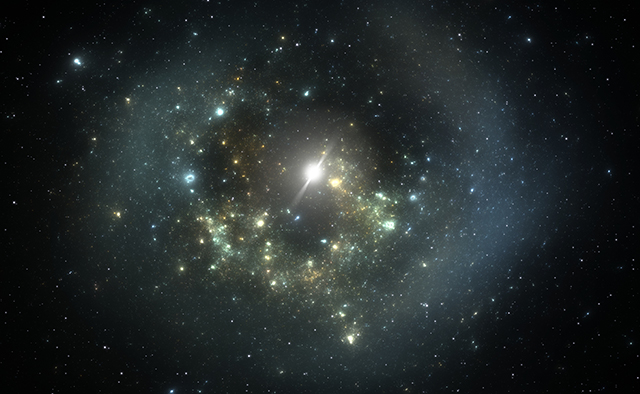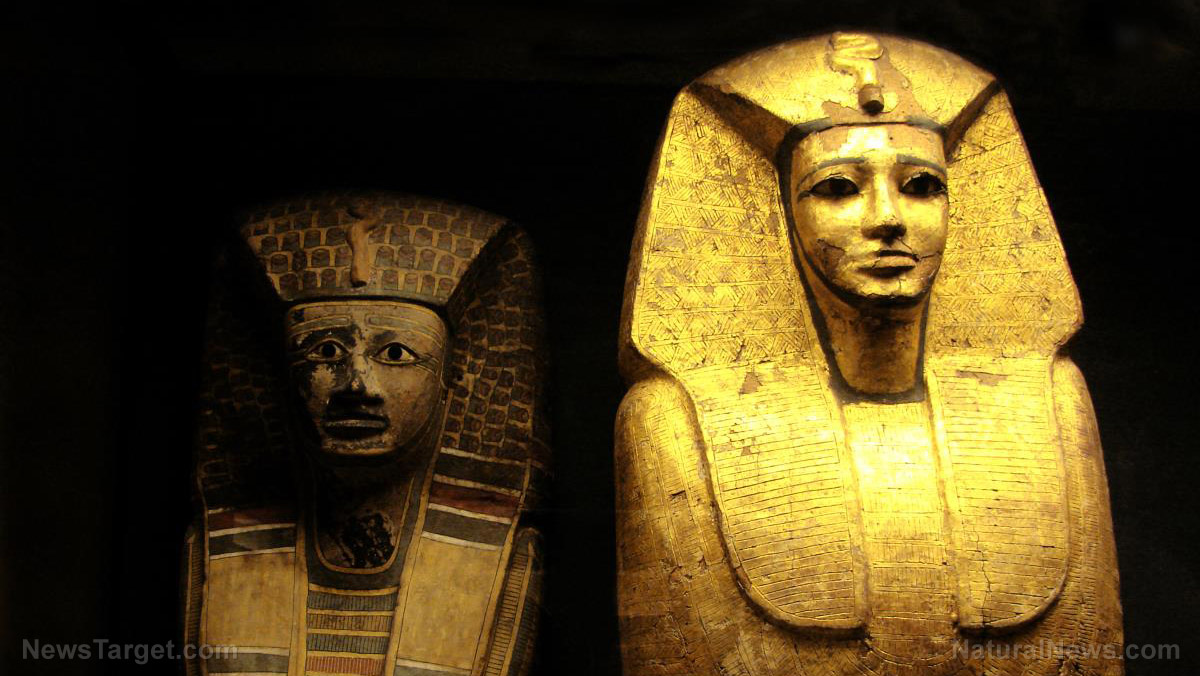 Parler
Parler Gab
Gab
Mysteries of 'Oumuamua
'Oumuamua is shaped like a cigar, with a long and thin body and unlike anything seen in the solar system before. It is already interesting enough but a stranger thing happened: It approached close to the Sun and then slightly accelerated as it moved away. Under normal conditions, this is very unlikely to happen because a space object would have to contend with the Sun's strong gravitational pull. This immediately disqualified the idea that 'Oumuamua is an asteroid. In turn, scientists thought that 'Oumuamua may be a comet. When comets approach close to stars, their icy surface melts and gases and dust are released. This latter process is called outgassing, and it causes comets to pick up on speed. However, when it approached close to the Sun, 'Oumuamua lacked a coma and a comet's tail – features that all comets have. Outgassing particles cloud the solid core of a comet, forming a coma or a halo that wraps around it entirely. Solar wind pushes some of these particles away from the nucleus and causes them to form a tail. A comet's tail is very visible as it stretches for several millions of miles. It is often seen on Earth as the bright, glowing trail during a meteor shower. Two scientists came up with an explanation. In a study published in the Astrophysical Journal Letters, they argued that 'Oumuamua is a frozen comet made up almost or entirely of molecular hydrogen. Such a "hydrogen iceberg" have been proposed to exist before, said the researchers. And it explains why 'Oumuamua appeared to lack a comet's tail and how it accelerated. That's because outgassing hydrogen would not leave visible trail. But all the same, it would cause the object to accelerate. “Even though the hydrogen iceberg thing is a little exotic, it explains every single mysterious thing about ‘Oumuamua,” said co-author Darryl Seligman of the University of Chicago. However, astrophysicist Avi Loeb of Harvard University said that this explanation is ridden with holes. Instead, he argued that ‘Oumuamua may be a piece of alien technology'Oumuamua more likely to be alien technology
In an article published in the Astrophysical Journal Letters, Loeb and co-author Thiem Hoang of the Korea Astronomy and Space Science Institute argued that a hydrogen iceberg would not be able to form in the presence of starlight, even in weaker amounts. They reiterated that comets form as clumps of dust accumulate. But with starlight, these clumps would not hold up. Furthermore, the trek to the solar system would have dissolved 'Oumuamua. A hydrogen iceberg can only form in a "giant molecular cloud" -- a stellar nursery where stars are said to form, located several light-years away. Seligman's team attempted to fix these glitches by proposing that 'Oumuamua came from a nearby, young giant molecular cloud aged 30 to 45 million years old. But Loeb said that it still would have dissolved. “Shortening the distance that H2 iceberg needs to travel does not solve the problems we outline in our paper," said Loeb. The best explanation, thus far, is that 'Oumuamua is a piece of alien technology. Loeb proposed that it might be light sail, a form of spacecraft that's extremely thin and long and is propelled by solar radiation. He argued that 'Oumuamua could be a now-defunct sail that's floating under the influence of gravity and starlight. Or, it could be an active piece of alien technology come to explore the solar system. Light sails are also being developed on Earth, he went on, by space agencies wishing to probe space. The same could be true for an unknown alien civilization. Learn more about 'Oumuamua and its possible origin at Space.news. Sources include: TheMindUnleashed.com ScientificAmerican.com Phys.orgStudy shows antioxidants in cheese may protect blood vessels from salt damage
By Rose Lidell // Share
Supplementing with vitamin D found to improve blood pressure in overweight children
By Zoey Sky // Share
Steve Quayle: Truth about aliens and destruction of human race will be revealed
By Kevin Hughes // Share
Qatari study finds natural immunity is 97% EFFECTIVE against severe COVID even after 14 months
By Ramon Tomey // Share
Governments continue to obscure COVID-19 vaccine data amid rising concerns over excess deaths
By patricklewis // Share
Tech giant Microsoft backs EXTINCTION with its support of carbon capture programs
By ramontomeydw // Share
Germany to resume arms exports to Israel despite repeated ceasefire violations
By isabelle // Share










